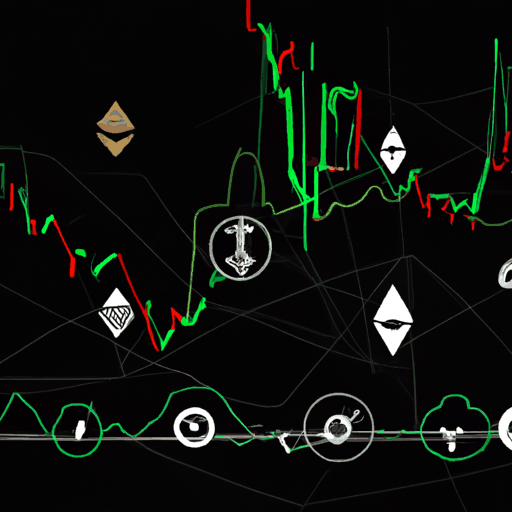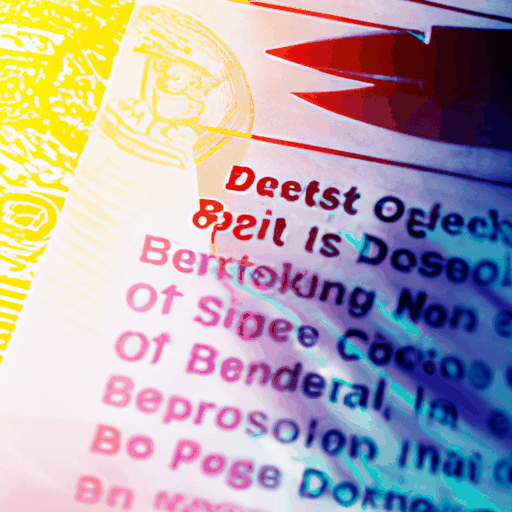
Thorchain Developer Exodus Amid North Korean Money Laundering Concerns
By: Isha Das
Thorchain, a decentralized protocol focused on interoperability, is currently facing significant challenges due to its use by North Korean hackers for laundering cryptocurrency. In an alarming development, developers, including TCB and Pluto, have opted to exit their roles within the platform, driven by unresolved concerns of money laundering by the infamous Lazarus Group. The decision draws attention to the friction between Thorchain’s ideology of decentralization and the operational realities that stakeholders now confront.
TCB, who has been vocal about the crisis, expressed frustration over Thorchain's infrastructure, which he described as centralized despite its claims of permissionlessness. This critique highlights a foundational contradiction that threatens the protocol’s stability amid heightened regulatory scrutiny. Notably, the recent Bybit hack, reportedly traced to North Korean actors, saw Thorchain being leveraged to hide stolen Ethereum (ETH), bringing its security protocols under industry-wide discussion.
The mounting crisis prompted key developers to take steps such as voting to halt ETH trading on Thorchain to mitigate further illicit activities. These actions underline the broader dilemma facing blockchain protocols: balancing ideals of decentralization against robust governance to comply with international anti-money laundering standards. With operational and reputational stakes high, the ongoing exodus of developers like Pluto compounds Thorchain’s vulnerability to the consequences of non-compliance.
Moreover, internal disputes about how Thorchain is managed deepen the quandary. Proposals for structural reforms, including lighter node implementations to accommodate more validators, have encountered opposition. As alternate protocols have embraced network-level censorship to deter misuse, Thorchain's hesitation puts its future collaborations with major wallet providers at risk, potentially leading to further isolation and financial setbacks. The platform’s capacity to sustain legitimate transactional liquidity while safeguarding its foundational principles is now under severe interrogation, escalating its challenges in navigating global regulatory landscapes.



